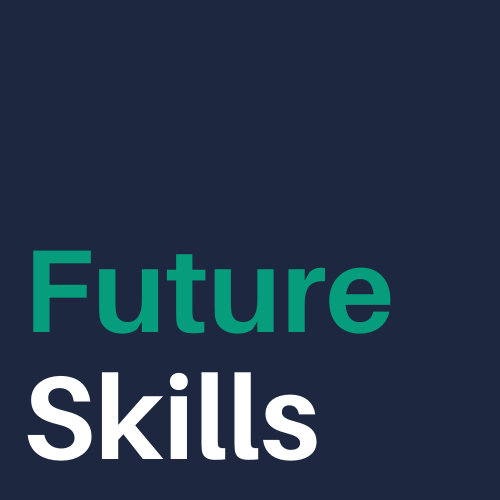Today I tried the Google trick to read a WSJ article, Seven Jobs Robots Will Expand, whose title is clickbait for future of work people like myself. Most of WSJ is behind a paywall but normally you can access an article through a simple Google search. But it turns out WSJ closed their Google loophole some time back. In the course of researching why they did that (to get more subscribers obvi) and new methods to get around the paywall (there aren’t any) I found something far more interesting. WSJ has applied a machine learning model to predict whether or not you’ll subscribe to their paper. Based on that score they’ll decide whether or not to show you the article you requested. Visitors are a categorized into hot, warm or cold. More on this move from NiemenLab:
Non-subscribed visitors to WSJ.com now each receive a propensity score based on more than 60 signals, such as whether the reader is visiting for the first time, the operating system they’re using, the device they’re reading on, what they chose to click on, and their location (plus a whole host of other demographic info it infers from that location). Using machine learning to inform a more flexible paywall takes away guesswork around how many stories, or what kinds of stories, to let readers read for free, and whether readers will respond to hitting paywall by paying for access or simply leaving.
This is wild. I’m off to go play with new browsers to see if I can get that clickbait article (this is the only time I ever use sad Safari).
